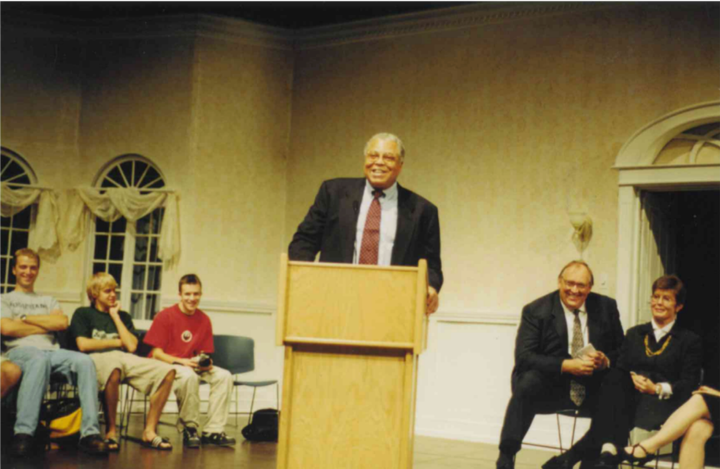Staple or paperclip? Yes, this is a real debate.
Oh, staple, you doth keep us in tandem


Allow this humble defense of the most maligned office instrument, the simple staple.
Staples are a vital part of life. Without staples, papers become a disjointed anarchy. It’s a great frustration.
Yet staples are overlooked. Everyone goes for flashy tape. But tell me, can tape quickly and subtly keep together masses of papers? No.
Paper clips, a stalwart tool, are worthy of many accolades, but the true hero of paper management is the noble staple.
The humble staple was first used in the court of Louis XV of France in the 1700s as a replacement for the royal seal.
In 1866, George McGill patented the process of stapling, and the world has not been the same since. With the advent of four-way paper staplers, the replacement the archaic fixed anvil system and the development of staple removers, it is obvious to see the great value of the staple.
Some might laugh at the idea that staples are worthy of lengthy discussion and defense. Nay, I say. Nothing is more deserving of lengthy screed of its honor than staples!
A staple is a quiet, dignified message that one cares for the proper order and refinement of life. It states that the user gives careful attention and consideration to all things, which such a virtue is not lost on, nor swept away by, the highest in our society.
Consider the humble manuscript of a fledgling author. In a proper time, this collection would be adorned gracefully with the staple, a sign of finality and confidence. Today, such authors send a brutish jumble of virtual papers, nothing to indicate the effort has ceased and a work can reach its end.
This is to say nothing of the diligently working students that, having completed pages of assignments, would carelessly lose work due to the lack of such instruments. Professors who struggle, unable to find the quality work I am sure all Augustana Vikings strive for, all desire a staple.
Verily, doth the staple stride like a colossus, solving the needs of the daily life as no rival office supply can!
Nor is the staple a limited tool. A clever wit finds many applications for the tool, thus where the elegant beauty of a staple gun is borne from. If the staple was a boring, simple tool unworthy of discussion, as uncivilized hordes may claim, would such a grand function exist?
The staple serves further as a mirror for our souls, a guide to how we should conduct ourselves to ensure our prosperity and happiness. Like the pure staple, one, over the course of a life, ought to strive to fulfill their purpose with no expectation of grandeur and awards, but with a firm, dedicated resolve. One should conduct themselves in a manner that, like the staple, is functional and unobtrusive.
Further, the staple is a symbol of frugality. A staple is made with no great cost and used with no great cost, a true sign of industry and thrift that all should strive for.
Thus I implore all good people, the honest and toiling Vikings of Augustana, to take a moment—a mere moment—and acknowledge the simple beauty of the noble staple and its dutiful toil in life.
I guarantee that anyone desiring of strong virtue will be thankful for the staple and for the dignity it represents, and I earnestly hope that all reading seek such strong nobility.
Or, if nothing else, I hope they are thankful that there’s a non-political soapbox for once.
It’s the little things, like the staple, that make the difference.
Dwight Schrute is a self-proclaimed assistant regional manager at a washed-up paper company. He hates his coworkers but says he enjoys the little things in life.



